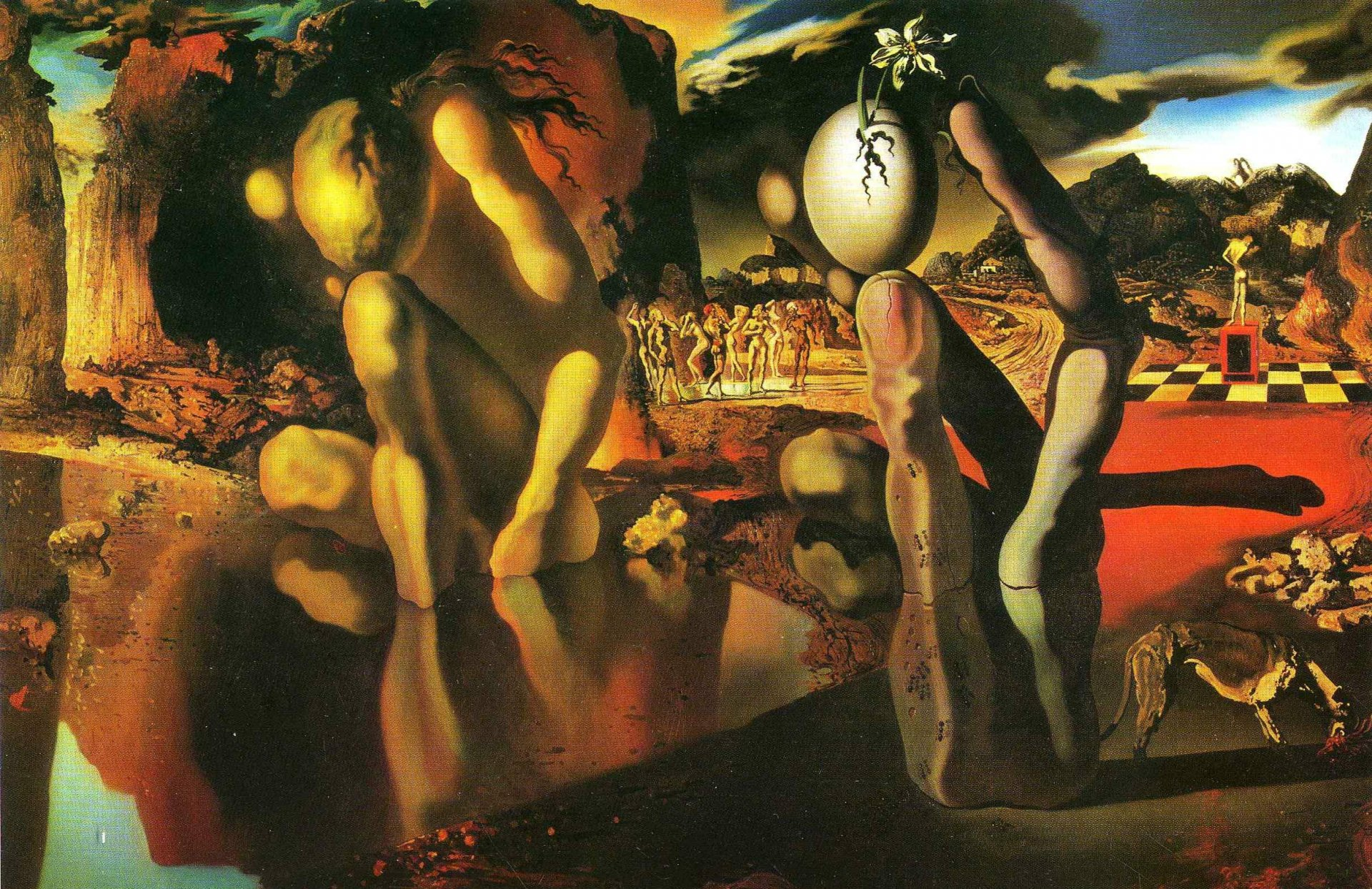Carve whispers into the ever-shifting winds. Each word a puzzle, tethered before time reclaims it. And yet, we create—not to preserve but to honor, to capture the fleeting moments where the self sheds.
Change is not an interruption; it is the rhythm. The leaves do not mourn their descent; they surrender to the dance. That is our task as creators: to emulate the trees. To embrace our seasons of decay and bloom, knowing that each phase feeds the next.
There is a quiet violence in transformation. A star collapses to birth its light. A seed must fracture to awaken the root, and we, too, must rupture our old selves to step into what waits beyond. The universe presents its offering. To resist is to ignore the whispers—to stand rigid when we are meant to frolic.
And yet, what is creation if not yielding? To put pen to paper is to trust what will emerge. Artists live in the tension between control and surrender. Learning, over time, that true beauty arises from the quiet melodies within.
To fear change is to fear the essence of life. But in this fear, there is a gift. Fear points to the edges of our understanding, to the boundaries of who we think we are. The blank page is no different—it stares back at us, asking not for perfection but for presence. Can you meet this moment with all that you are, without clinging to what you were?
In these transitions, change is not merely something that happens to us; it is something we become. Each transformation is a dialogue between who we were and who we are becoming. The writer, the artist, the seeker—all are shaped by the tides of change—soaked by our evolving self.
What would happen if we wrote with the seasons, if we let our creative cycles mimic the earth’s rhythms? There would be times of fertile growth, where ideas burst forth like busy blossoms. And there would be times of quiet dormancy, where nothing appears to grow. Just as we honor these natural cycles, we must learn to honor the ebbs and flows within ourselves.
When we resist transformation, we lose the chance to touch the divine. There is something sacred in the act of becoming, in embracing our fluidity. Let your words hold space for the in-between. For the moments when you are neither here nor there, neither chrysalis nor butterfly. For it is in this liminal space that we find truth—not the truth of certainty, but the truth of today.
So, to the writer staring at a blank page, to the artist hesitant before a blank canvas: take the leap. Undergo your own musing. Write not only of what you’ve seen, but of what you are becoming. Write of the fears, the faltering steps, and the brilliance that emerges after. Write for the sorrows of a fleeting dawn. When the light spills across the sky like ink, hesitant to disturb the darkness. Write for the birth of the stumbling baby fawn. Write for the moments between breaths, where the world holds its gaze upon you. Write for the rawness, for the aching spaces between lost and found. Let your words not echo the world you know, but the one that is unfolding.
Write for the quiet triumphs—those small victories that go unnoticed–burning brightly in your chest. Write for the wisdom that comes from breaking apart. Write for the dust of your past scattered beneath your feet. Write for the fears that loom over like stormy clouds.
Write for the moments of grace that arrive unexpectedly. Write for the quiet rebellion against what was, and the tender embrace of what is yet to be. Let your words be born from the unfolding of your own story—each line a brushstroke. Each hue a chapter.
And when the winds shift—as they will—do not cling to the words you’ve already written. Let them scatter. Let them return to the earth from which they came. You are not what you’ve created; you are the act of creation itself.
Endlessly changing. Endlessly becoming.

